How to produce an amazing keynote event
By Creative team. Top image: Dylan Channon
Use these tricks-of-the-trade to deliver a smash hit brand moment
Keynote events have become a cornerstone of product launches and company announcements, particularly in the tech industry. Companies like Apple have set the gold standard for these events, turning them into much-anticipated spectacles that generate buzz, excitement, and media coverage.
For marketers looking to create their own keynotes, understanding the elements that make these events impactful is critical. In this article, we'll explore the essential strategies to create a memorable keynote event, focusing on storytelling, presentation, audience engagement, and technical execution.
Brand ambition
It almost goes without saying that a keynote event is a huge opportunity to engineer a massive brand moment.
The topline objective may be to launch a new slate of products, or announce exciting new partnerships, but a keynote is bigger than that. It’s also a chance to:
Cement your brand’s position in the market – Whether that be as a bold tech innovator and leader in sustainability, or as a fresh-faced disruptor that’s reimagining everything.
Signal your commitment to your community – There’s a multitude of smart ways to highlight your focus on empowering consumers, your alignment with their values, and the positive purpose your brand stands for.
Show the human face of your brand – There’s an art to landing the key messages while underlining that the company is driven by passionate, hard-working, and likeable individuals who love delivering for their customers.
In short, a brilliant keynote not only informs, but it persuades and inspires, too.
Storytelling and product framing
Successful keynotes are structured around a compelling core narrative that aligns the product with the company’s broader vision.
Product announcements can be framed as a step forward in a journey of innovation, making each one part of a larger story about technological progress and enhancing user experience.
The best keynote events put the user at the center of the product story. Rather than focusing on technical specs, presenters illustrate how new features solve real-world problems, enhance everyday tasks, and positively impact user’s lives.
Create a narrative arc for your event that:
Builds anticipation
Delivers key messages effectively
Leaves a lasting impression
Structure your event like a story, with a clear beginning, middle, and end. This helps maintain audience engagement throughout the presentation.
Distill your key points into clear, memorable messages. Aim for:
Simplicity – easy-to-understand concepts
Relevance – information that matters to your audience
Impact – messages that inspire or excite
Craft a strong opening hook
Start your keynote with a powerful opening that grabs attention immediately. This could be:
A teaser video
An unexpected announcement
A bold statement about the future
For Logi PLAY 2024, we created an endeavor video attuned to the passions of the videogame community and the reasons why we all play.
This was the ideal opening for a brand whose purpose is to facilitate play. It set the tone for the entire event, established why the audience should care, and created anticipation for the product reveals to come.
What’s In It For Them? (WIIFT)
The best keynotes seek to win the hearts and minds of their audience. That means striking a balance between product functionality and emotional reward.
Key technical specs establish credibility and can be communicated using digestible graphical formats. That detail then needs to be translated into an emotional benefit answering the WIIFT question: “How does it make your life better?”
Audiences remember stories and emotions better than technical specs. By connecting features to emotional payoffs, the keynote resonates more deeply.
As you develop your script, ask yourself if each section highlights the WIIFT solution, and if it links to the core narrative.
Awesome product performance leads to…
The joy of victory!
Pacing
In an era of 15-second TikTok videos, you have to keep the energy up to maintain the attention of an audience used to consuming content in quick bites.
The trick here is to deliver variety at a pleasing cadence. Think of a piece of music. The musician combines notes in a sequence that’s interesting to the listener.
It’s absolutely fine to repeat the notes sometimes, in fact having structure and rhythm is essential, otherwise it’s just noise. The key is to skillfully adjust the combination of notes throughout, so that the tune never bores.
So keep changing up the adjustable elements of your keynote while remaining anchored in your unique brand universe.
Techniques include:
Subtle location changes: we’re talking about different spaces within the same building, for example, not veering from the office one moment to a circus the next.
Using different participants who’ve contributed to the product journey. Ideally, you’ll blend together a diverse array of voices, styles, personalities, and perspectives. Switching from executives to product engineers to expert collaborators and influencers will keep things moving.
Supporting people talking to camera with slick video montages, explanatory infographics, stinger transitions, product demos, expert insights, split-screen moments and so on.
Shifting the focus from product announcements to community initiatives; from stories to facts; from text to graphics; from color to black-and-white; from trailed reveals to unexpected surprises, behind-the-scenes footage, sneak peeks, and glimpses of the future.
Done well, these moves will feel like smooth gear changes not gear crunches. The audience needs contrast or their attention will start to wander. The craft lies in ensuring the contrast is harmonious - like complementary colors.
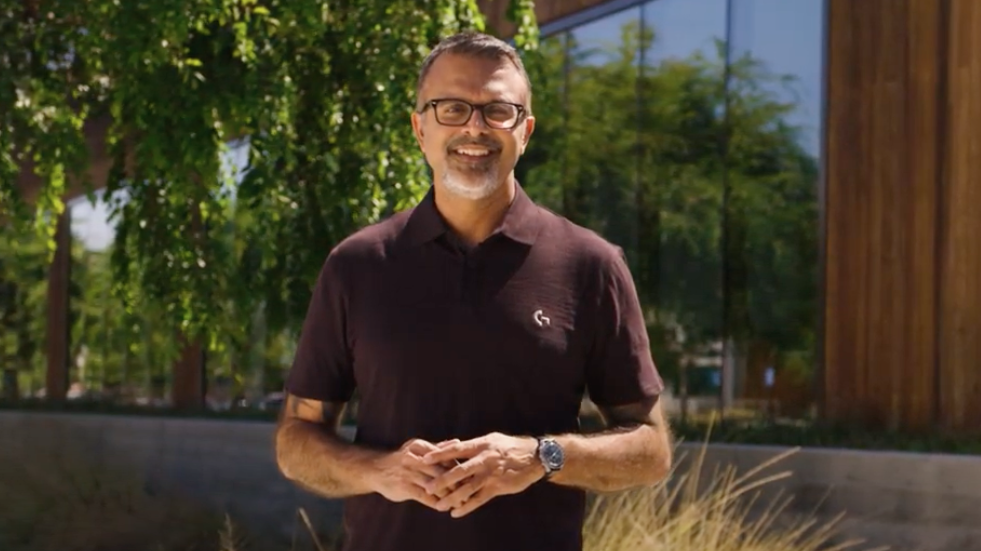
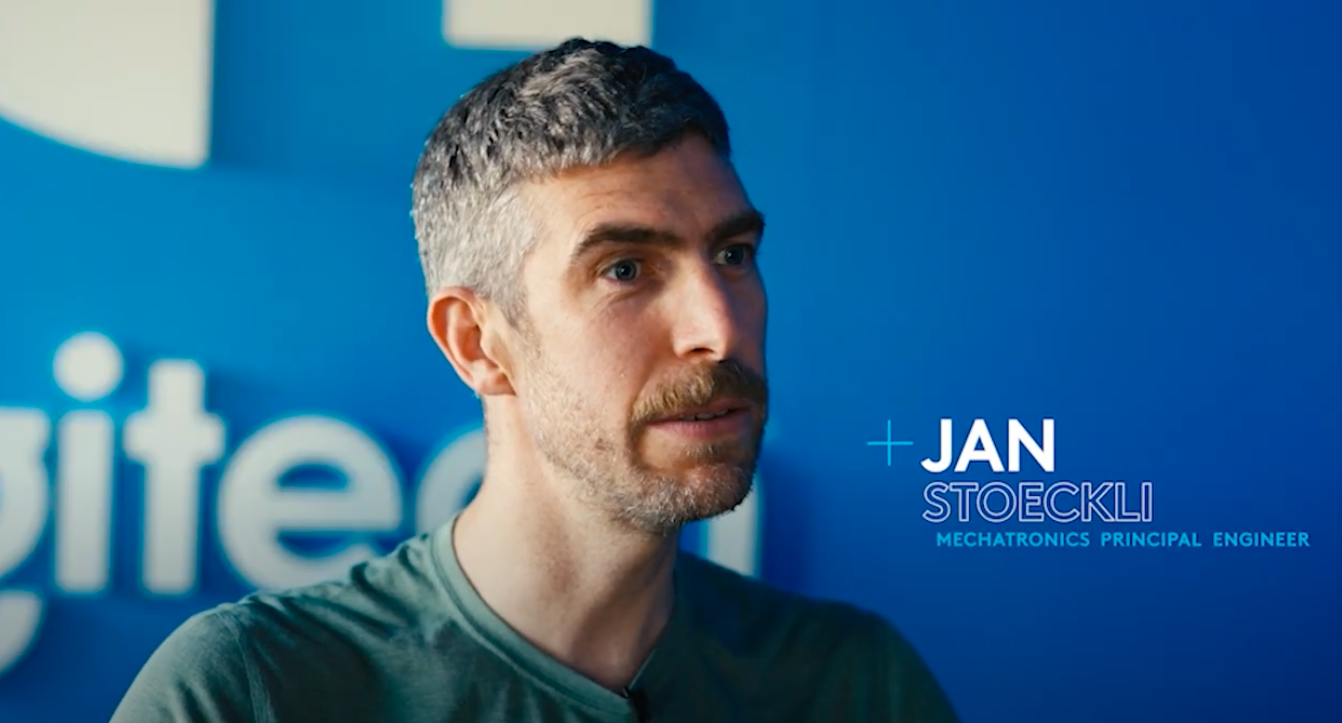
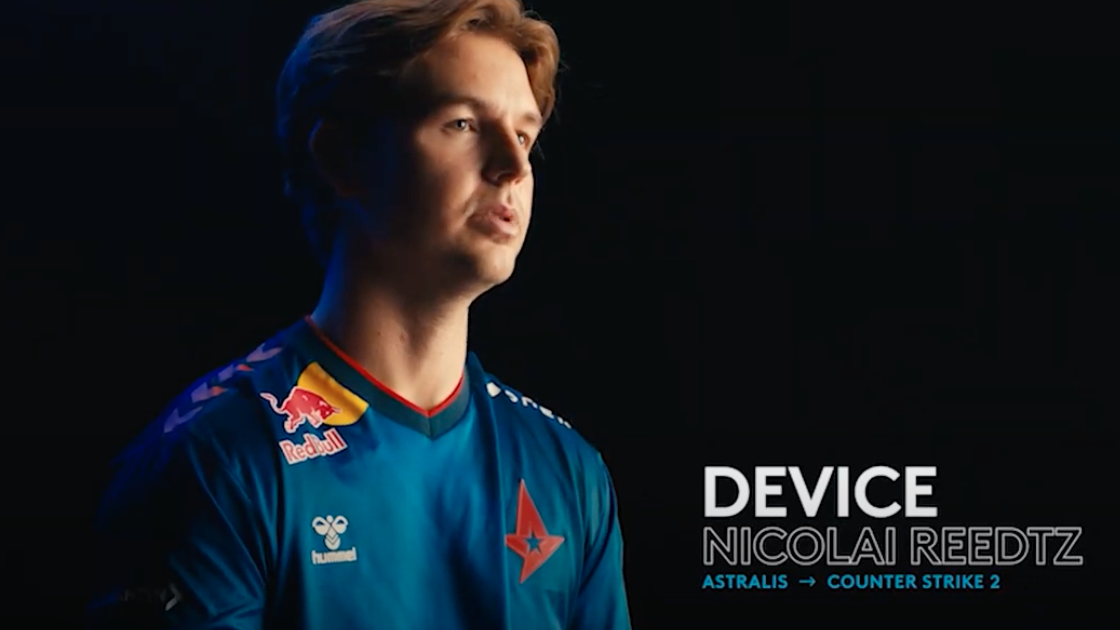
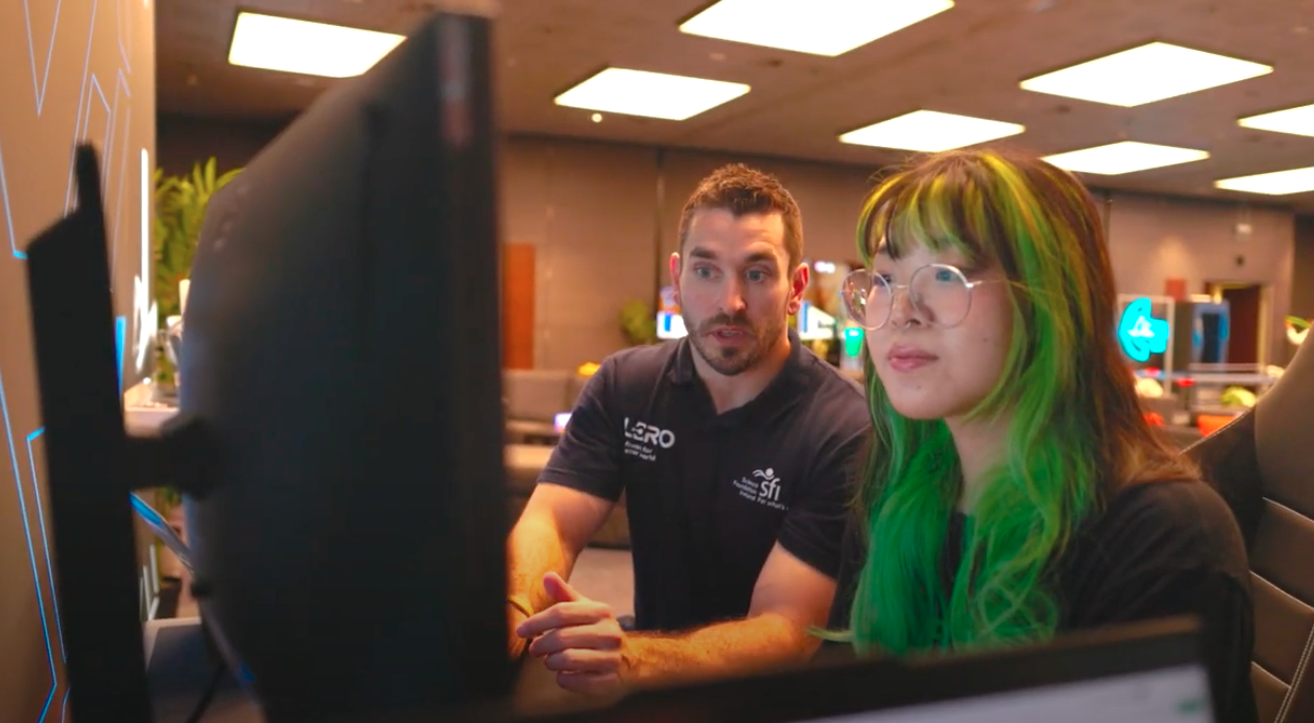
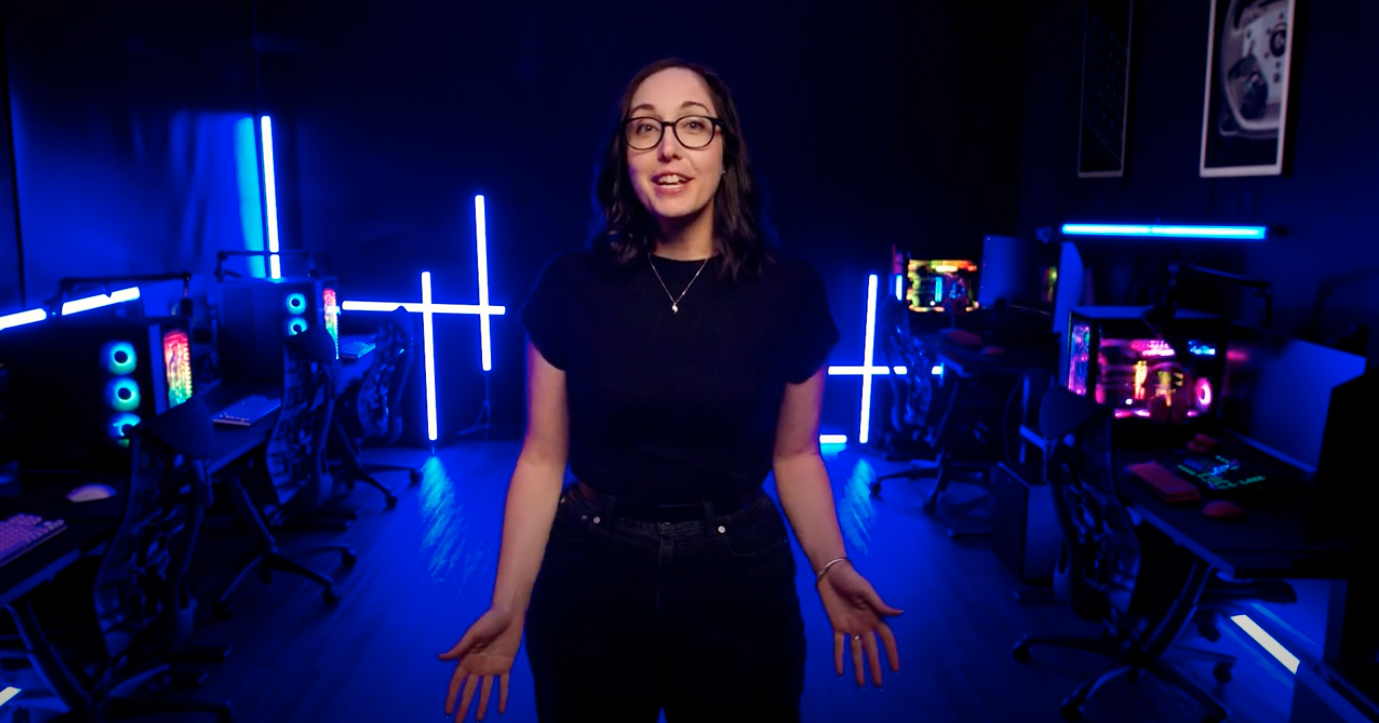
Awesome supporting visuals
Nobody wants to watch a single person stand there for very long, so the accompanying videos and graphical displays inject vital variety, visual wow, and narrative assistance - simplifying and punching up your spoken content.
The giant LED wall is your impressive and versatile friend when it comes to visual messaging:
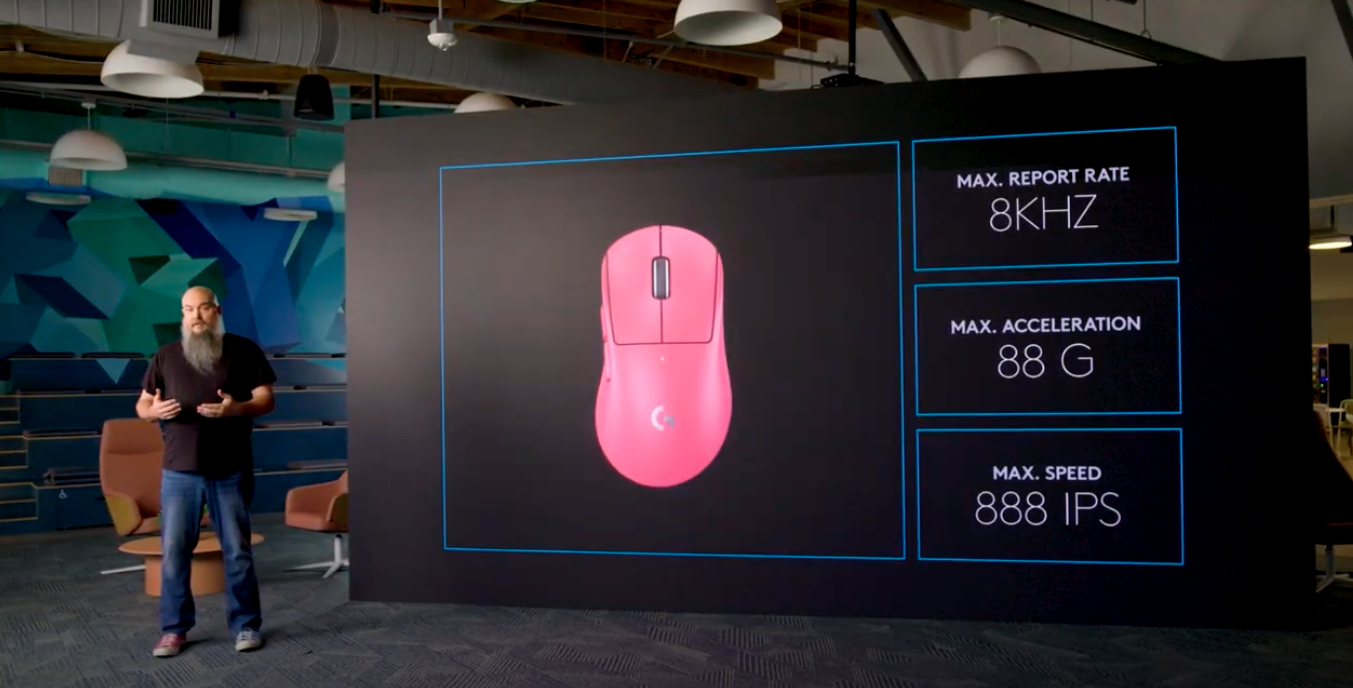
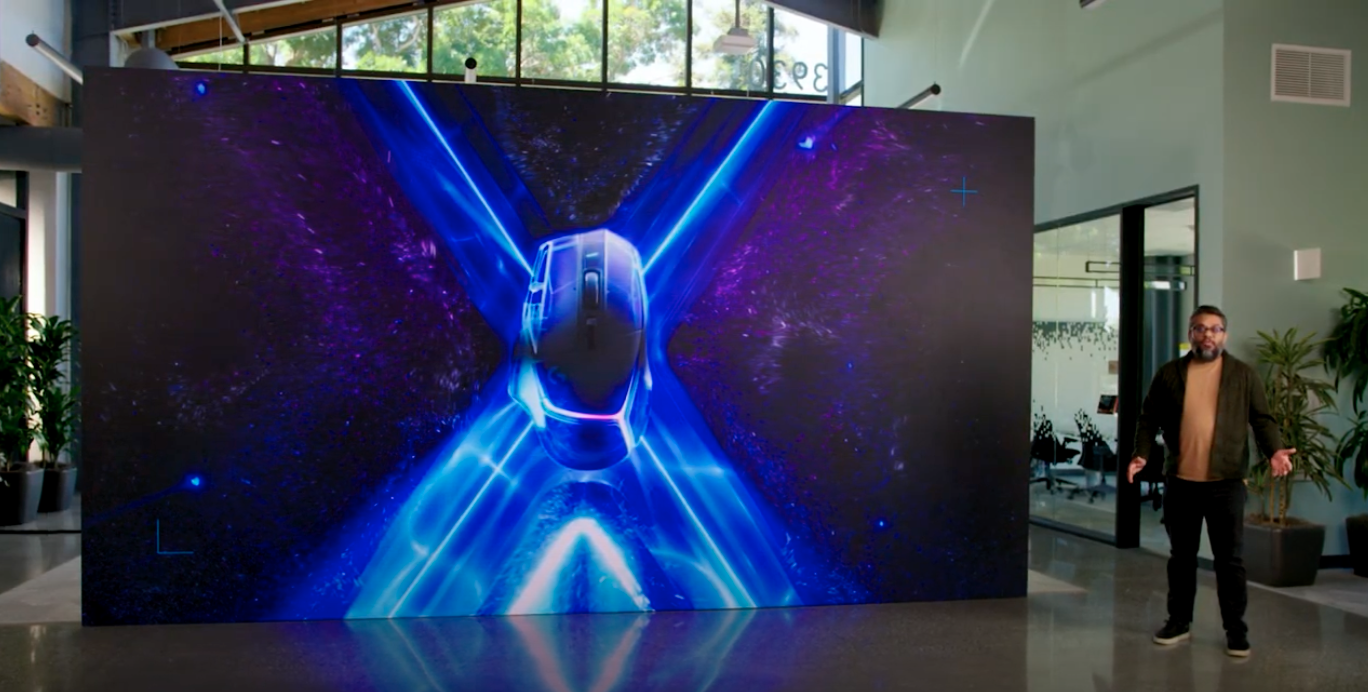
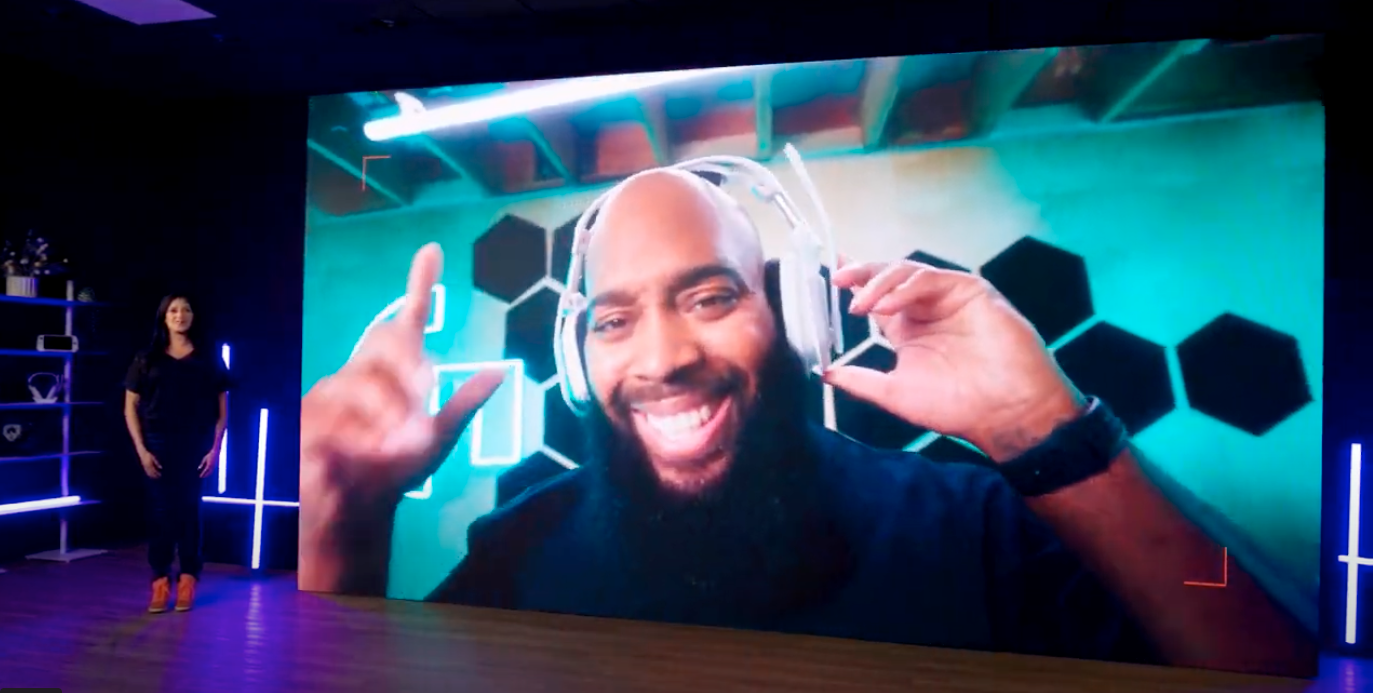
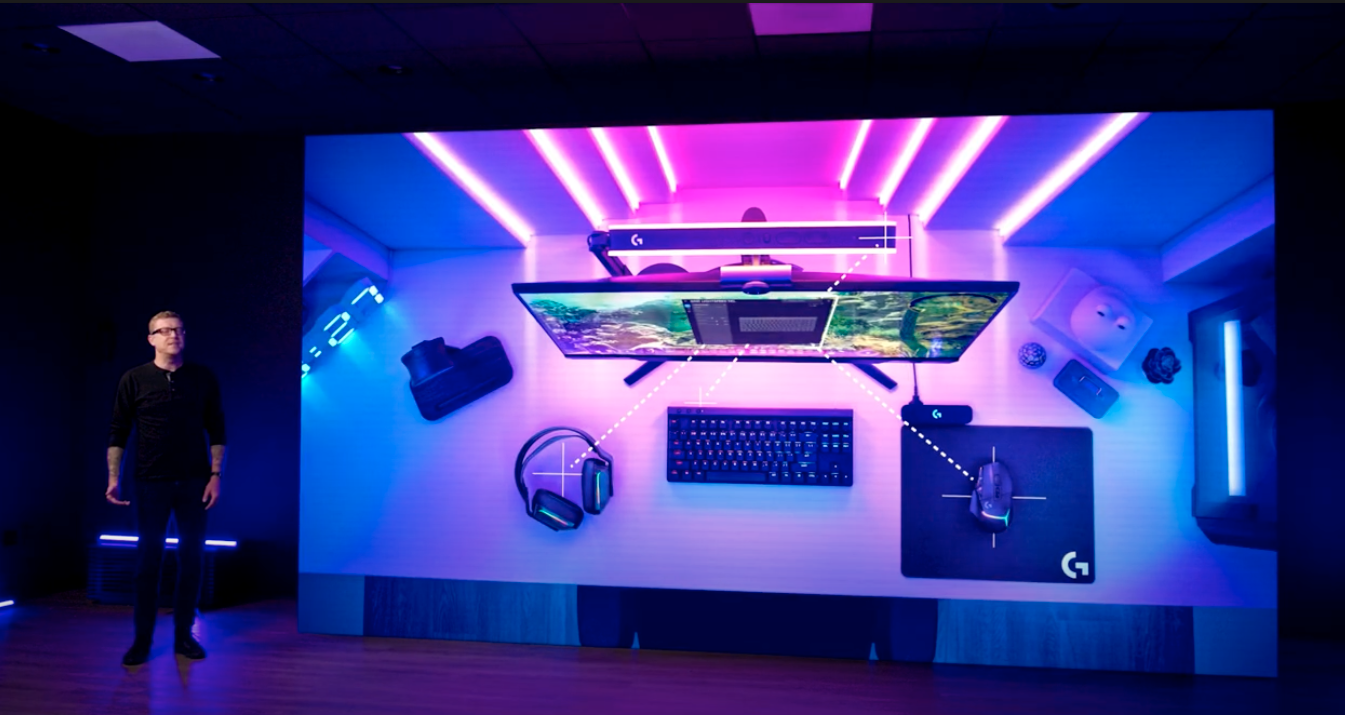
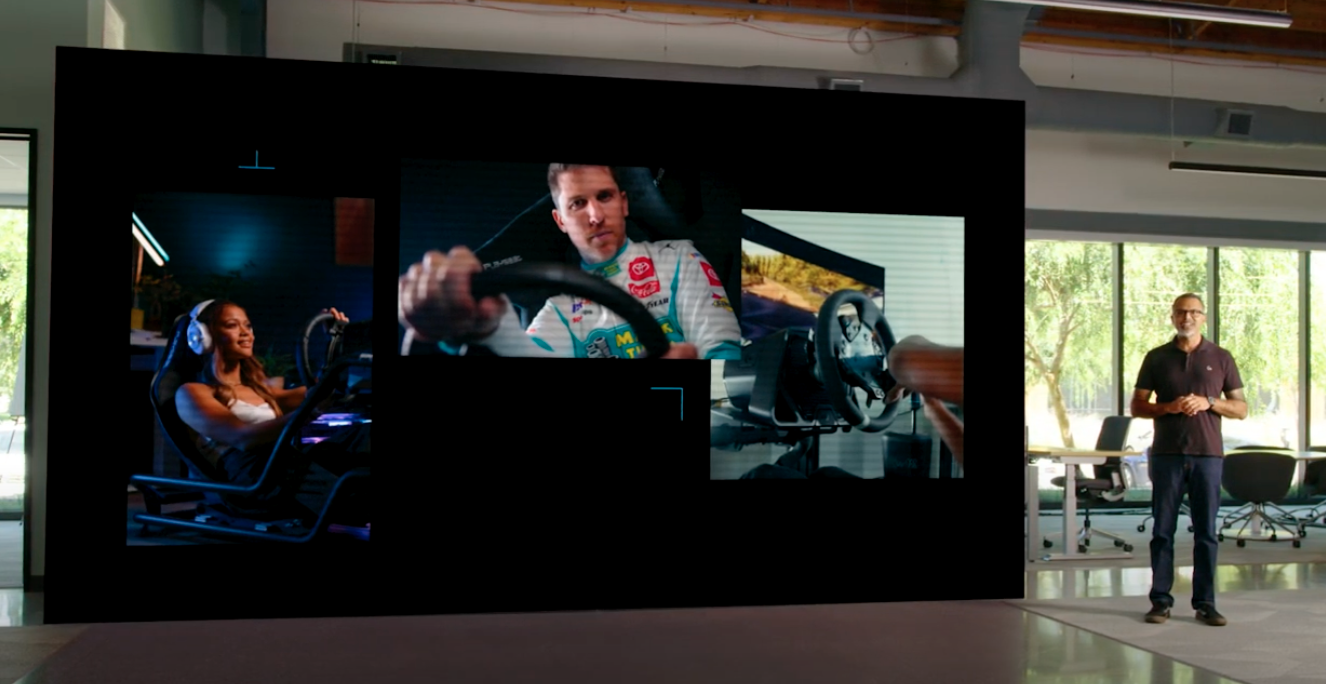
Every visual sends a message
Each shot and graphic must have a purpose that contributes to your brand narrative:
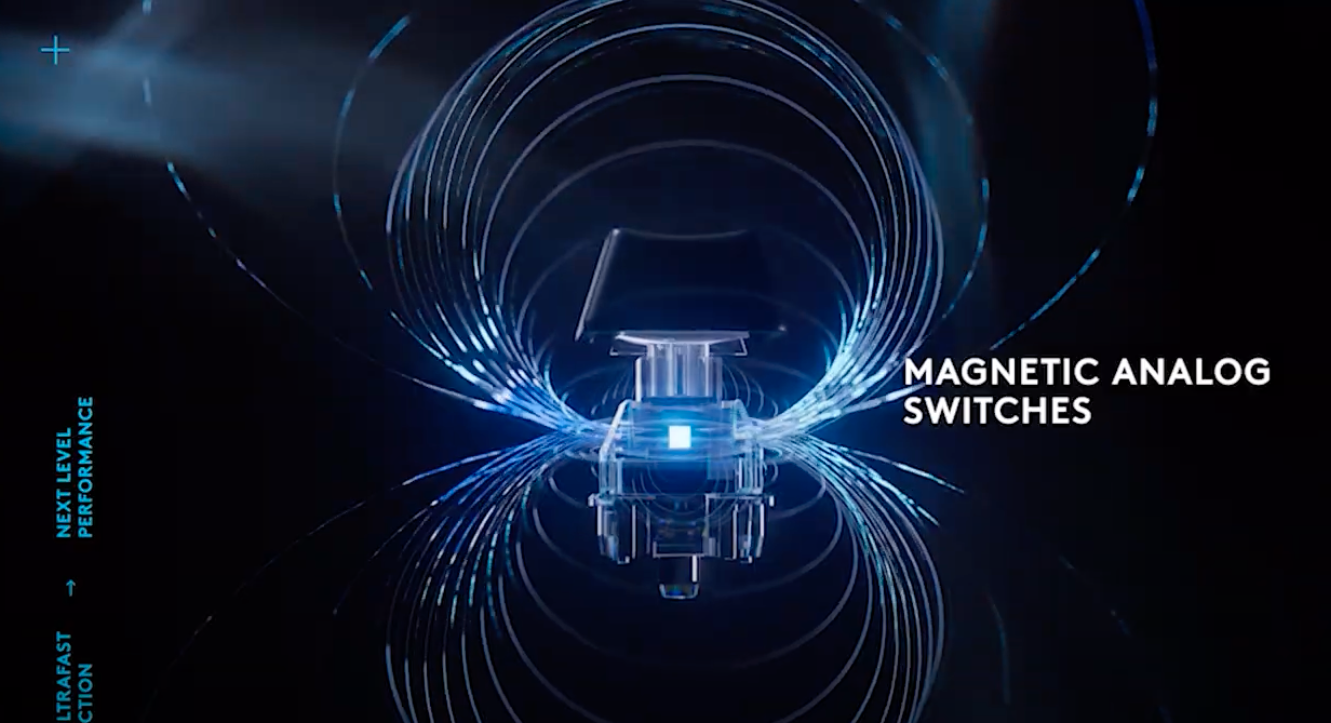
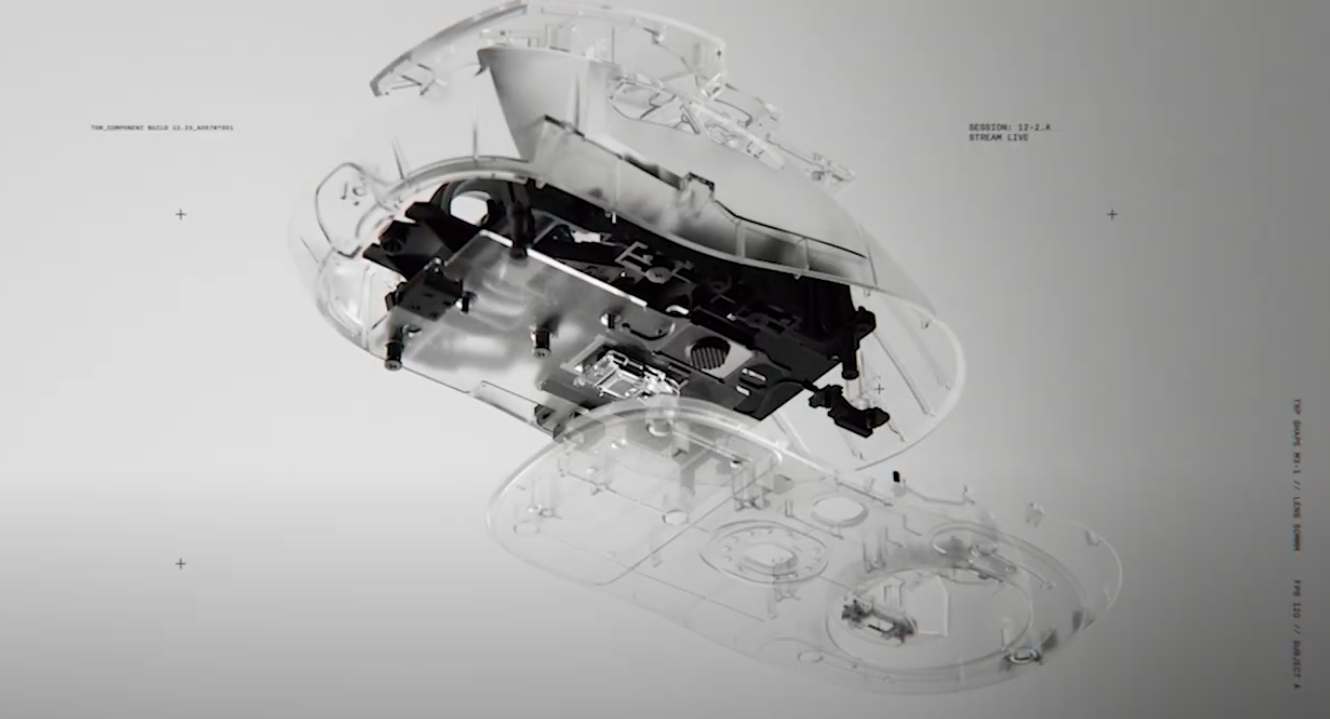
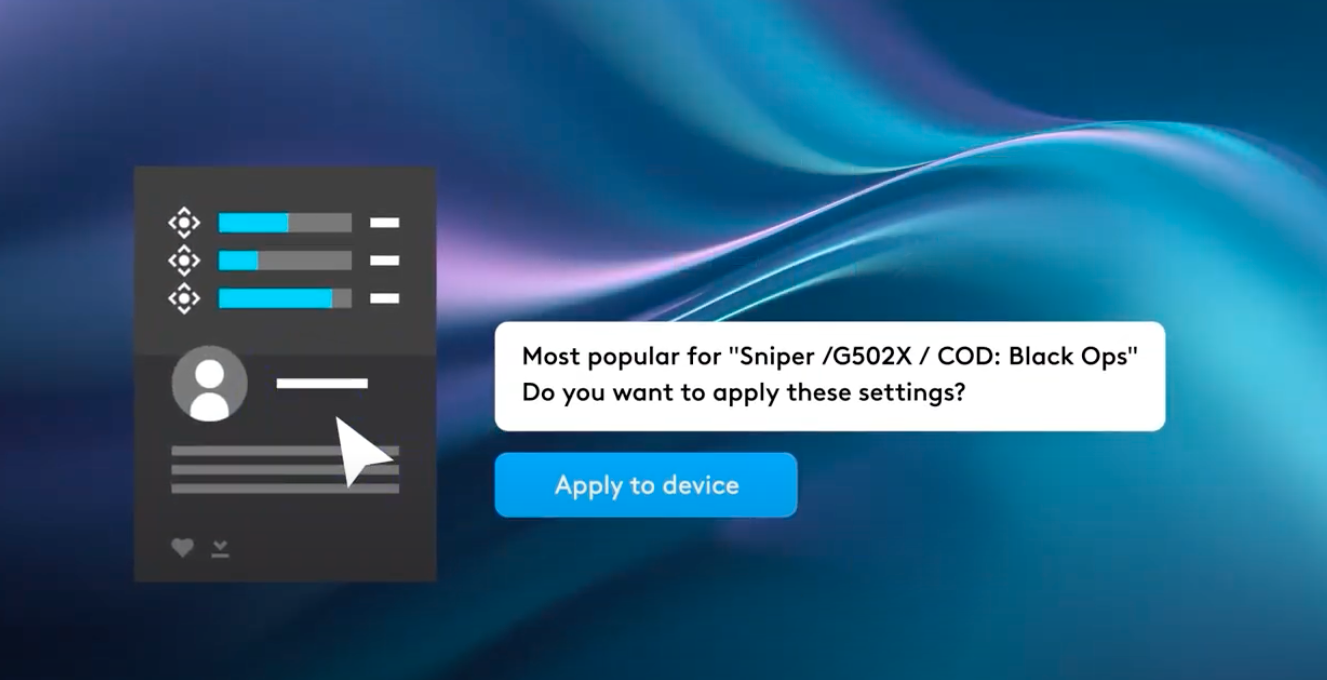
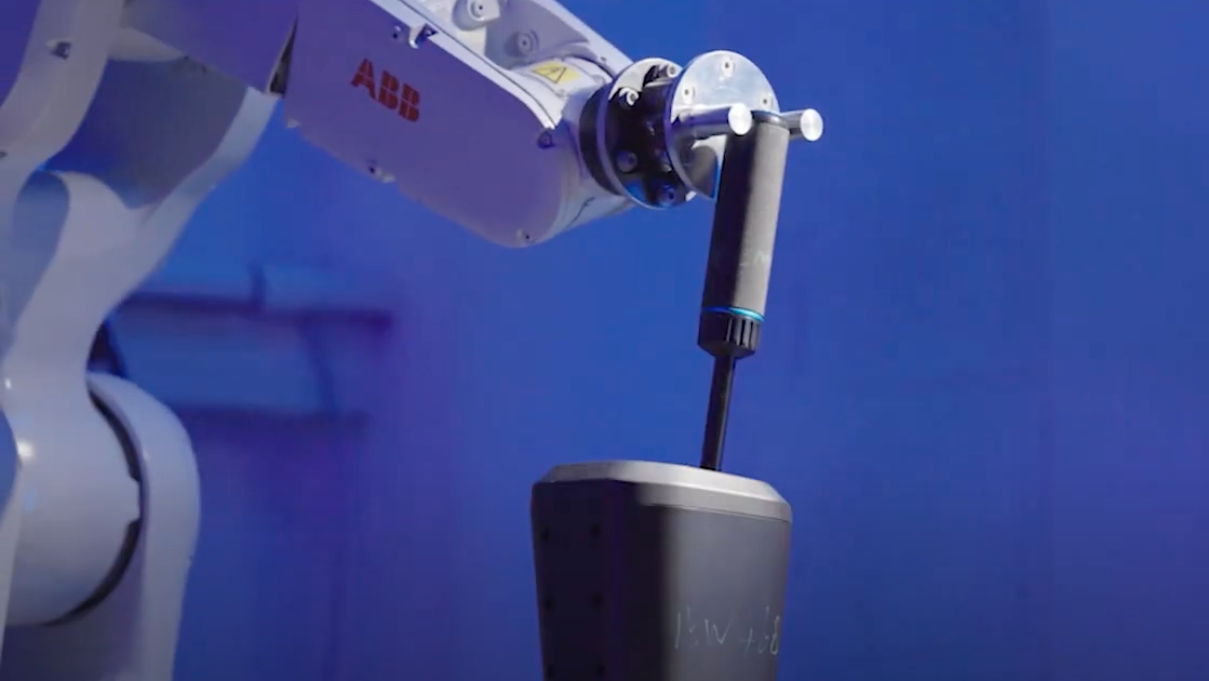
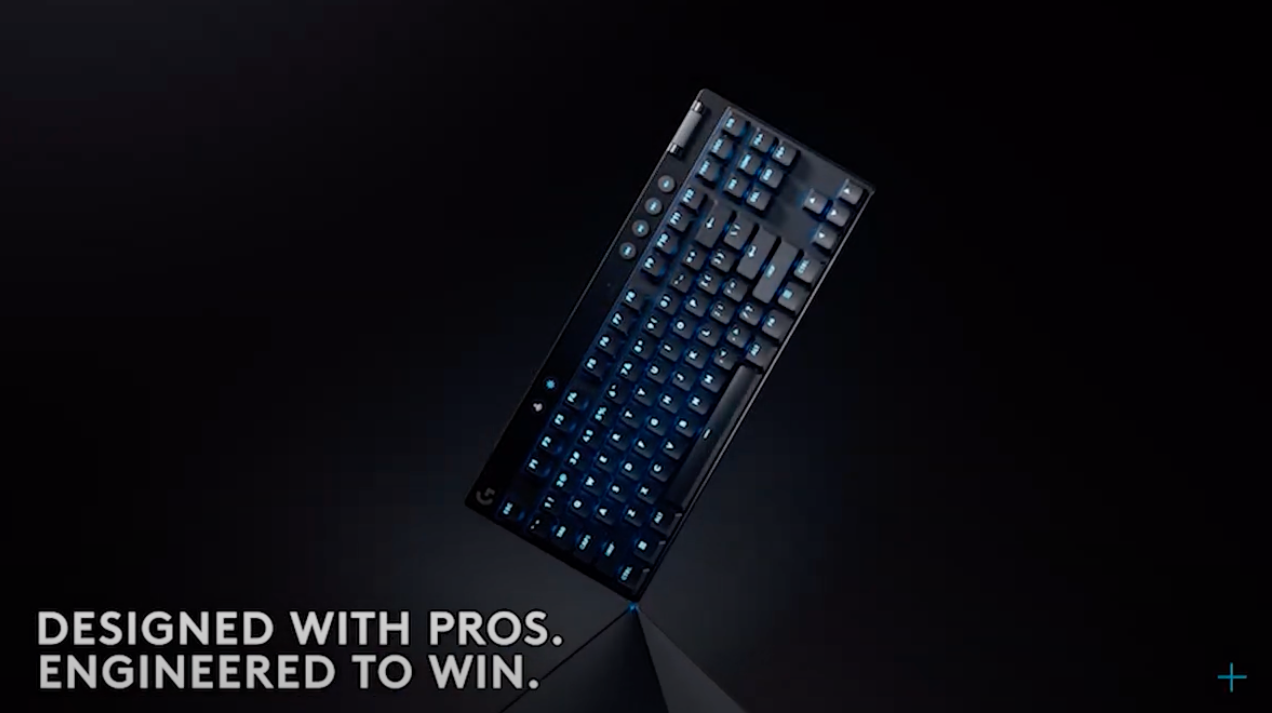
The upshot is you need a creative team that lives the brand, and understands exactly what you need to communicate without hand-holding.
They must be adept at stripping complex details back, so the audience can rapidly absorb and retain your key messages.
Finally, they must have an intuitive feel for pace and communication design, so they can build the visual beats that cut-through.
Looking after the talent
It’s only natural for participants to feel performance-pressure but a few tricks-of-the-trade can help calm any nerves.
Firstly, it’s important to let people be themselves as far as possible. That’s crucial for authenticity because most people are not good actors.
We’ve found it helps when presenters write or dictate their own speaking parts, choose their own outfits, and can express their own personality in subtle ways - perhaps by wearing a signature piece of clothing, or by adding a humorous twist to their presentation. Typically, such elements contribute to the event’s texture and are all to the good.
Then it’s all about helping a presenter to find their groove and get into the zone:
Rehearsal – Ideally each person does at least one full rehearsal. A good tip is for each individual to practice their script on their own beforehand. The sweet spot arrives when they’ve internalized it. That is, they know their script so well, they can say it verbatim, as if it’s completely natural. Some people worry that rehearsal, practice, and scripting will induce a wooden performance but the opposite is generally true.
Run-through – This is a day-before walk-through of everything that’s going to happen during the speaker’s performance. It’s not a rehearsal but a chance to mentally familiarize yourself with the set-up. The participant also checks the script and supporting visuals in case something needs to change. Running through with 24-hours to go provides time to make any amends.
Stylist on set – On the day, a professional stylist does each participant's hair and make-up. Regardless of any visual improvement, it’s a wonderful feeling to feel like a star for a moment. You can see how it lifts people up and gives them a psychological boost just before they step in front of the camera.
The director – An experienced director knows how to support participants and helps them find their best performance.
Always choose a highly empathetic director who is used to working with regular people, not actors. They must be able to quickly develop a rapport with the presenters so they can:
Take the pressure off someone not used to being in front of camera.
Help participants relax when they’re tensing up.
Recognise when a person needs a break.
Problem solve – sometimes an individual repeatedly stumbles over a particular part of the script. The director and on-set writer can collaborate with the presenter to find a fix.
Gently prompt a participant to dial their energy up or down as needed.
Ultimately, the right director is a great people person. They’re experienced in your industry too, and a master of their craft.
Logistics and coordination
Naturally, a project of this magnitude has many moving parts. The production team can’t just focus on flawless technical execution. There must be dedicated project managers who can:
Liaise with dozens of stakeholders - both first-party and third-party.
Be adaptive to last minute changes that can affect every aspect: from the schedule to the script to the products and participants.
Track and resolve hundreds of conversations as different teams feed into the event.
Meticulously plan for multiple eventualities and troubleshoot ahead of time by location-scouting, building relationships, and acquiring necessary permissions.
Evolve the plan on the ground as developments unfold.
Clearly and diplomatically communicate with all stakeholders.
Diligently manage the budget to get maximum bang per buck.
The production team should be especially mindful that participants' time is precious. The goal when filming is to ensure that each individual knows where to be and when, so they can walk onto a beautifully lit set with cameras ready to roll.
Conclusion
Remember, the best keynotes feel less like presentations and more like experiences. They tell a compelling story, create emotional connections, and leave the audience feeling inspired about your brand and excited about what's to come.
Here’s how the keynote we created for Logitech G turned out:
If you would like to discover more about our integrated approach and work together on a project, get in touch.




